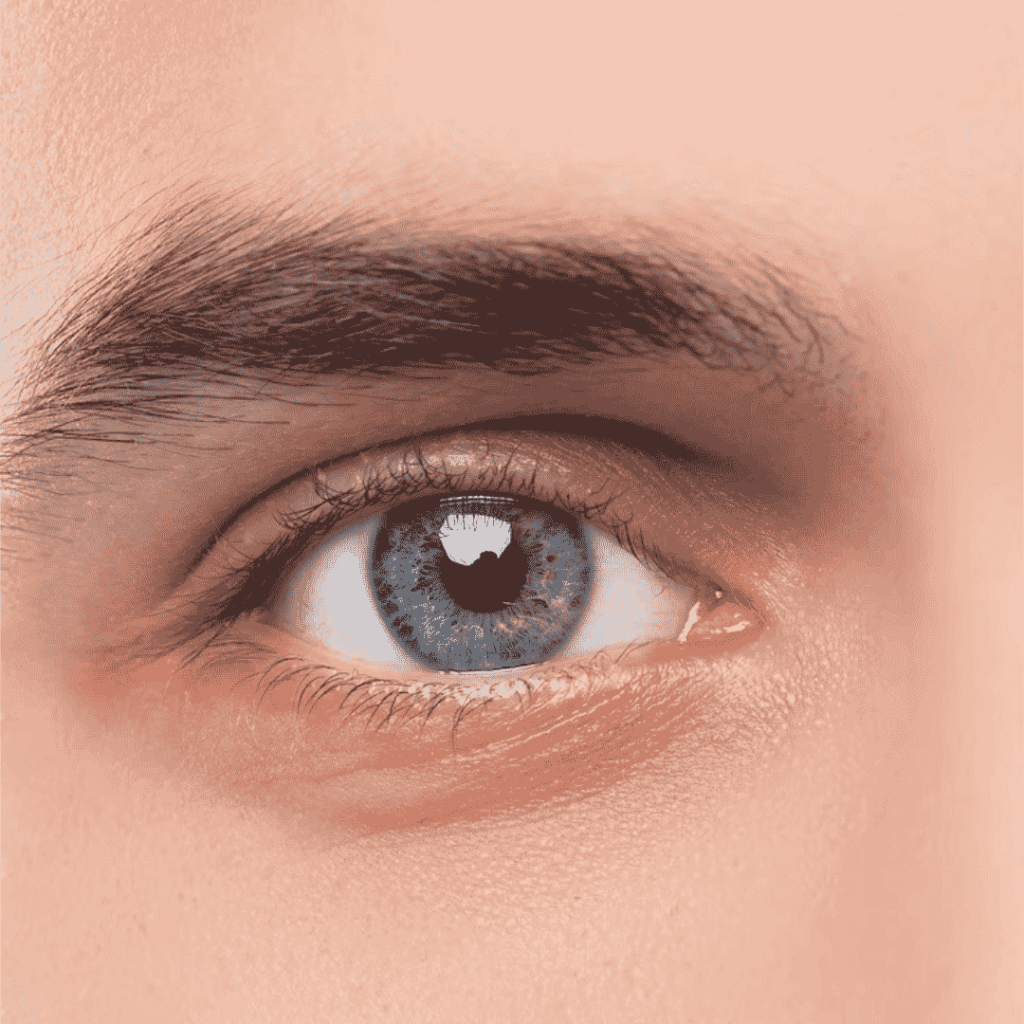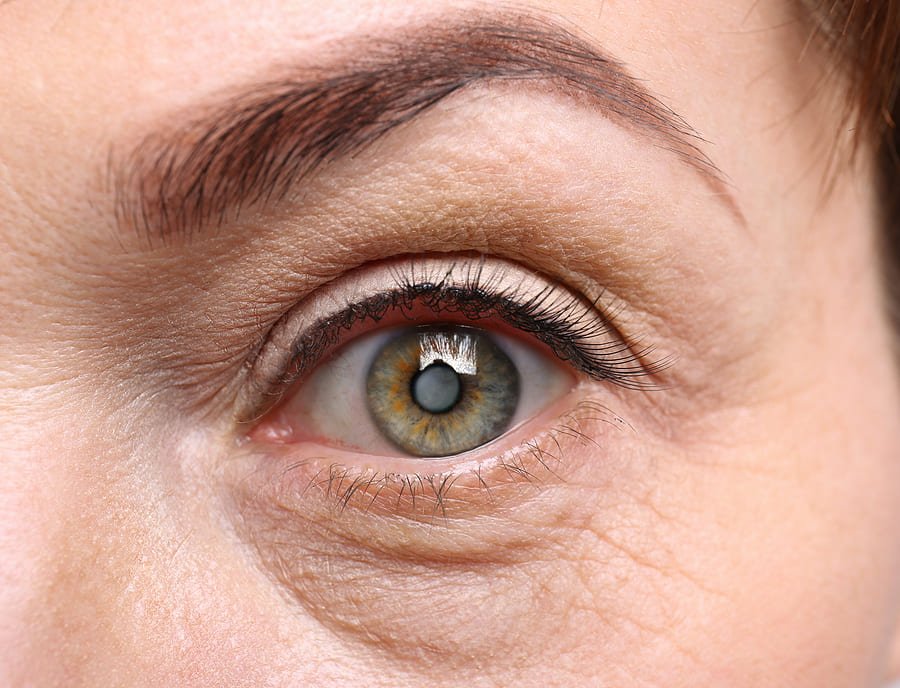
Pediatric Refraction and Ocular Treatment in Dhule
Shri Ramchandra Netralaya in Dhule offers Pediatric Refraction and Ocular Treatment, focusing on children's refractive errors and strabismus.
- Comprehensive Eye Care Services
- Experienced Eye Care Specialists
- Utilizing Cutting-Edge Technology

Normal Eye

Eye with Ocular Problem
What is pediatric refraction and ocular problems?
Pediatric refraction and ocular problems refer to the range of vision issues and eye conditions affecting children. This includes assessing how light bends as it passes through the eye (refraction) to detect any need for vision correction. Early identification and treatment of pediatric refraction and ocular problems are crucial to prevent long-term vision impairment in children. Common issues include refractive errors such as myopia, hyperopia, and astigmatism, as well as strabismus and amblyopia. Addressing pediatric refraction and ocular problems effectively can greatly enhance a child’s visual development and overall quality of life.
Signs of Pediatric Refraction and Ocular Problems
-
Children may squint to see more clearly
-
May indicate discomfort or blurry vision
-
Trouble reading or seeing distances
-
Eye strain can lead to headaches
-
To compensate for vision issues or eye misalignment
-
May suggest depth perception issues
-
A sign of ptosis, impacting vision
-
Avoidance of visual activities


Book Your Appointment at Shri Ramchandra Netralaya for specialized Eye Care
What causes pediatric refraction and ocular problems?
-
Genetic predisposition to eye problems
-
Abnormal eye development causes issues
-
Muscle imbalance causes strabismus
-
Eye trauma causes ocular issues
-
Screen overuse strains children's eyes

How are pediatric refraction and ocular problems treated?
Pediatric refraction and ocular problems are treated through a combination of non-surgical and surgical approaches, depending on the specific needs of each child. Non-surgical options include corrective eyewear, like glasses or contact lenses, to manage refractive errors such as nearsightedness, farsightedness, and astigmatism. Vision therapy may also be recommended to improve eye coordination, especially for conditions like amblyopia.
In cases of more complex issues, surgical solutions are employed. Strabismus surgery involves adjusting the eye muscles to correct misalignment, while congenital cataract surgery replaces the clouded lens to restore clear vision. Comprehensive eye exams and ongoing care are crucial to ensure each child receives the best treatment and long-term visual health.
Instructions for eye patients after surgery:
- Do not rub the operated eye.
- While bathing, pour water below the neck for four weeks, not on the head.
- Do not allow water to enter the eyes; wipe the face clean with a wet cloth.
- Do not sleep on the side of the operated eye for at least two weeks.
- Wear dark glasses for a month to avoid strong light and dust.
- With a clean soft cloth or handkerchief, gently dab the water coming from the eye only after it reaches the cheek, do not put pressure on the eye.
- If the eye becomes very painful or red, see a doctor immediately.
- Do not lift heavy objects or cough strenuously.
- Keep small children away to avoid accidental contact or injury while they play.
- Twice a day, soak cotton in hot water, squeeze it, and then clean the eyes from outside.
- Take your usual tablets for high blood pressure, diabetes, asthma, heart disease, and other conditions as prescribed.
- Take a light diet for 2 days after operation, and avoid solid foods that are hard to chew.
- Patients can walk in the open environment but should avoid crowded places.
- Hands should be washed and wiped before instilling eye drops. Drops should be applied by gently pulling the lower eyelid.
- Apply the eye drops as directed and keep the eye closed for five minutes.
- Do not use a pin/ needle to open a new drop. It should be opened as directed, leaving a gap of 15 to 20 minutes between two drops.
- Avoid watching TV, reading, computer, and cooking for at least 8 days.
- Follow up as advised by the consultant.
- The glasses will be prescribed after a month.
- If the blood thinning pill is stopped before the operation, start it from the second day after the operation.
Before & After Result




Book Your Appointment Now!
Opening Hours
- Monday - 9:00 am - 9:00 pm
- Tuesday - 9:00 am - 9:00 pm
- Wednesday - 9:00 am - 9:00 pm
- Thursday - 9:00 am - 9:00 pm
- Friday - 9:00 am - 9:00 pm
- Saturday - 9:00 am - 9:00 pm
- Sunday - 9:00 am - 12:00 pm

